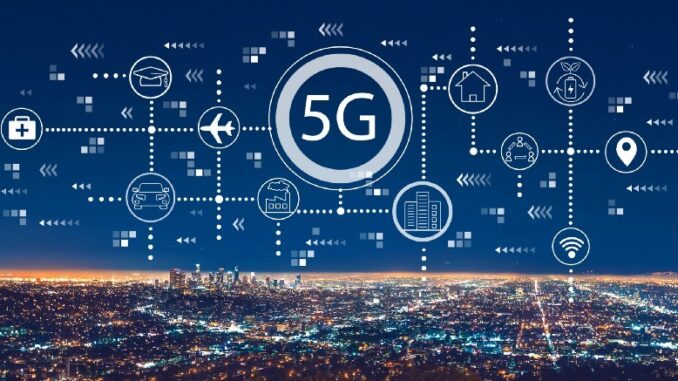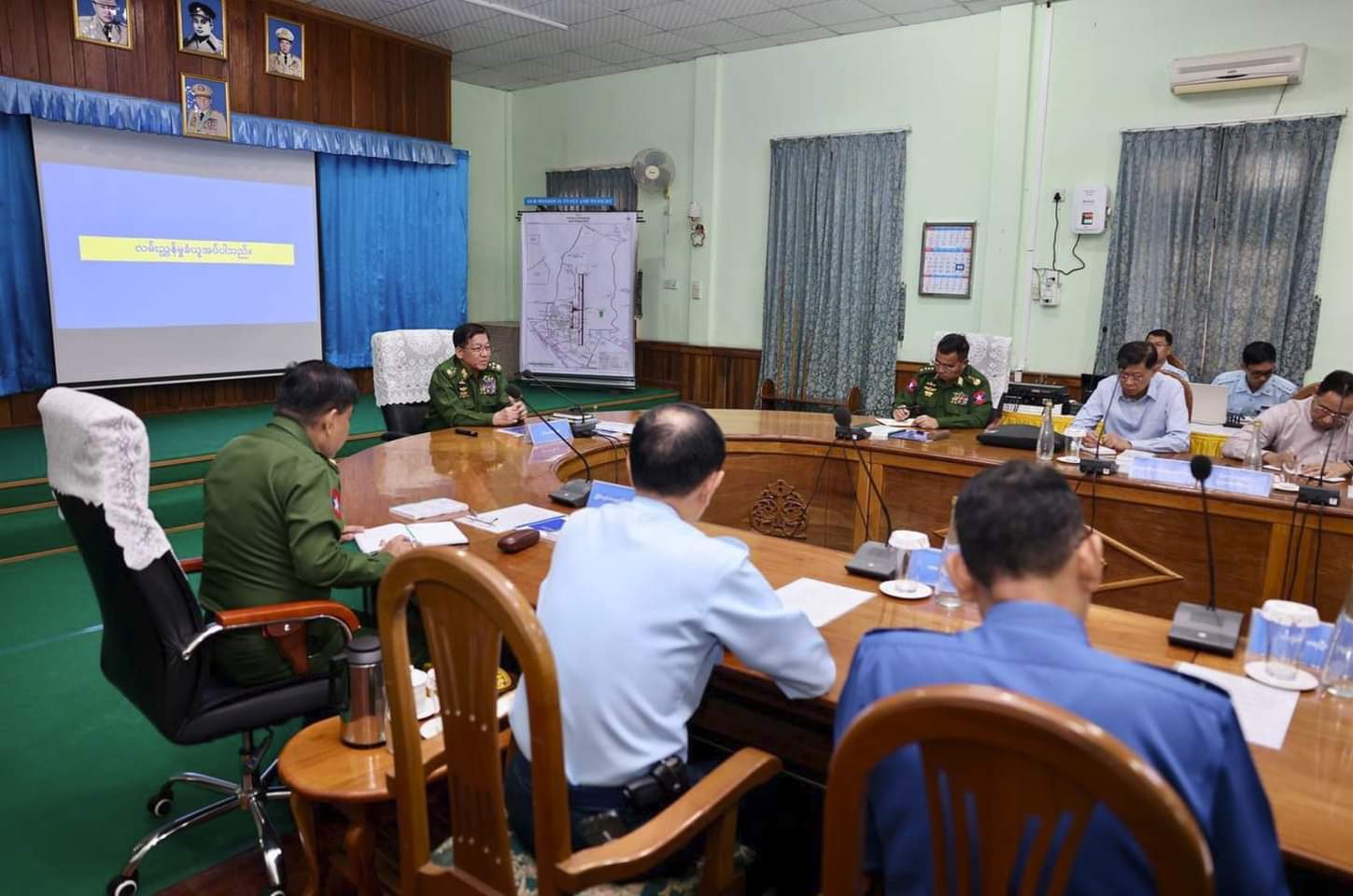
The 5G Radio Access Network (RAN) is a key component of the 5G architecture, responsible for connecting user devices to the core network and managing radio resources.
It incorporates several advanced technologies to deliver the high-speed, low-latency, and massive connectivity promises of 5G. Here’s a breakdown of the main elements and technologies involved in the 5G RAN:









1. Spectrum Utilization
Millimeter-Wave (mmWave) Spectrum:
Operates in high-frequency bands (above 24 GHz, up to 100 GHz).
Provides extremely high data rates (up to 10 Gbps), enabling applications like ultra-high-definition video streaming and augmented reality.
Limited range and penetration capabilities, requiring dense deployment of small cells.
Sub-6 GHz Spectrum:
Includes low and mid-frequency bands (below 6 GHz).
Balances coverage, penetration, and speed, making it suitable for broad geographic coverage.
Supports lower latency and broader coverage compared to mmWave, though at lower data rates.
Dynamic Spectrum Sharing (DSS):
Allows 5G to share the same spectrum bands with 4G LTE.
Facilitates a smoother transition from 4G to 5G by enabling simultaneous use of existing spectrum for both technologies.
2. Massive MIMO (Multiple Input Multiple Output)
Large-Scale Antenna Arrays:
Utilizes a large number of antennas at the base station (e.g., 64, 128, or more antenna elements).
Supports simultaneous transmission and reception of multiple data streams, enhancing capacity and spectral efficiency.
Beamforming:
Focuses wireless signals in specific directions toward users, rather than broadcasting in all directions.
Improves signal quality, reduces interference, and increases network capacity.
Spatial Multiplexing:
Allows multiple users to be served simultaneously over the same frequency band by exploiting the spatial dimension.
3. Small Cells
Dense Network Deployment:
Involves the deployment of a large number of small base stations (small cells) in areas with high user density.
Small cells are critical for mmWave deployment due to the limited range of high-frequency signals.
Heterogeneous Networks (HetNets):
Integration of small cells with traditional macro cells to create a multi-layered network.
Enhances capacity and coverage, especially in urban environments.
Seamless Handover:
Ensures smooth transitions between small cells and macro cells as users move, maintaining connectivity and performance.
4. Cloud-RAN (C-RAN)
Centralized RAN:
Shifts baseband processing functions from individual base stations to centralized data centers (central units).
Improves resource utilization and reduces operational costs.
Fronthaul Network:
High-speed connections (e.g., fiber optics) between the centralized processing unit and distributed radio units (antennas).
Critical for supporting low latency and high data rates.
Virtualization and Flexibility:
Uses software-defined networking (SDN) and network function virtualization (NFV) to dynamically allocate resources.
Enables faster deployment and scaling of network resources based on demand.
5. Network Slicing in RAN
Customized Virtual Networks:
5G RAN supports network slicing, allowing the creation of virtualized networks with specific performance characteristics (e.g., latency, bandwidth).
Each slice can be tailored to different use cases, such as enhanced mobile broadband (eMBB), ultra-reliable low-latency communication (URLLC), or massive machine-type communications (mMTC).
Dynamic Allocation:
Network resources are dynamically allocated to different slices, optimizing network efficiency and ensuring quality of service (QoS) for different applications.
6. Edge Computing Integration
Reduced Latency:
Edge computing is integrated with 5G RAN to bring computation and storage closer to the user, reducing latency.
Essential for real-time applications like autonomous vehicles, industrial automation, and augmented reality.
Enhanced Processing Capabilities:
Offloads processing tasks from user devices to the edge of the network, enabling more complex applications and reducing device power consumption.
7. Self-Organizing Networks (SON)
Automation and Optimization:
5G RAN employs self-organizing network technologies to automate the configuration, optimization, and maintenance of the network.
Enhances network reliability, reduces operational costs, and improves user experience by adapting to changing conditions in real-time.
Fault Management and Recovery:
SON helps in identifying and resolving issues quickly, ensuring minimal disruption to services.
8. Interference Management
Advanced Interference Mitigation Techniques:
5G RAN implements techniques like coordinated multipoint (CoMP) and inter-cell interference coordination (ICIC) to manage and mitigate interference between cells.
Enhances network performance, especially in dense urban environments.
Dynamic Spectrum Allocation:
Dynamically allocates spectrum based on real-time demand and interference conditions, optimizing network performance.
9. Enhanced Mobility Management
Seamless Handover:
Advanced algorithms and protocols ensure smooth handovers between cells, maintaining service continuity and quality as users move.
Multi-Connectivity:
Users can be connected to multiple cells (both 4G and 5G) simultaneously, ensuring better coverage and reliability.
10. Security and Privacy in RAN
Enhanced Security Protocols:
5G RAN incorporates stronger encryption and authentication mechanisms to protect user data and network integrity.
User Privacy:
Ensures user privacy through techniques like pseudonymization, preventing unauthorized tracking and data breaches.
The 5G RAN is a critical component in realizing the full potential of 5G, enabling a wide range of new applications and services. Its advanced technologies and flexible architecture allow for unprecedented speed, capacity, and reliability, paving the way for innovations in industries such as healthcare, transportation, manufacturing, and beyond.

Leave a Reply